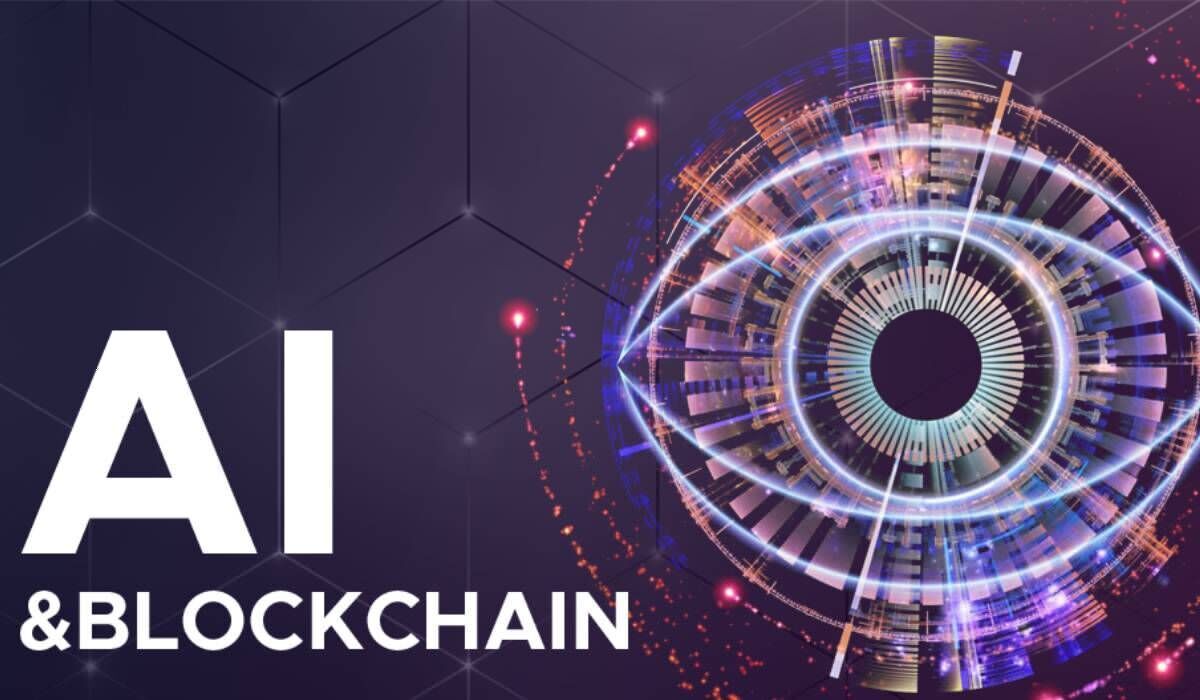Institutions seek detailed blockchain analysis for crypto adoption – elliptical

[gpt3]rewrite
As more institutions explore digital assets, the need for on-chain analytics platforms has never been higher.
Compliance professionals, investigators and regulators use these blockchain analytical tools to better understand the patterns and entities of cryptocurrency transactions.
To learn more about the tools and how they fit into broader cryptocurrency adoption, Cointelegraph sat down with Tom Robinson, co-founder and chief researcher at research firm Elliptic; and Eray Akartuna, a senior cryptocurrency threat analyst at Elliptic.
Cointelegraph: What are the typical use cases you see for chain analytics for institutional clients?
Tom Robinson: Anti-Money Laundering (AML) and Sanctions Compliance for Crypto Exchanges and Other Businesses Handling Crypto Assets: Our crypto transaction and wallet screening tools help businesses stay compliant and reduce fraud.
Due diligence on crypto businesses: Our Discovery product provides risk profiles for exchanges and other crypto services based on analysis of their blockchain transactions. This is used by crypto companies and financial institutions to gain insight into the businesses they trade with.
Magazine: ‘Moral responsibility’: Can blockchain really improve trust in AI?
Investigating crypto transactions: Investigator – our blockchain investigation software – allows graphical exploration of crypto wallets and the transactions between them. Law enforcement investigators use this to “follow the money” and link criminal activity to individuals. It is also used by crypto companies to investigate potential illegal activity by their customers.
CT: How is anti-money laundering in crypto different from mainstream AML in banking for fiat?
TR: The main difference is that most crypto transactions are visible on the blockchain. This makes it much easier to identify whether funds originate from criminal activity by tracing them using blockchain analysis tools.
CT: Do you see a role for artificial intelligence (AI) and machine learning to play in chain analytics? Especially in fraud prevention and AML?
Eray Akartuna: Yes, we already use machine learning in our blockchain analytics products. However, it is very important to ensure the accuracy of these techniques through extensive testing.
There are certain aspects of blockchain transactions where we can use machine learning to understand or identify certain patterns. Patterns seen on the Bitcoin blockchain may not necessarily be the same as patterns on the Ethereum blockchain; they work in slightly different ways. I would like to point out the use of heuristics.
There are certain aspects of the blockchain transactions where we have joint consumption that will help us know whether the addresses are owned by a single entity or not – if I want to identify illegal activities and illegal actors on a blockchain – and identify their wallet addresses.
For example, the North Korean cyber hackers used a programmatic way of money laundering. The hack was carried out in 2018, where they used around 113 wallets to remove funds from the original theft in an automated way. We can programmatically analyze the timestamps of the individual transactions to understand exactly how this automated software works.
If we are analyzing dark web markets or terrorist entities, etc., using heuristics can help us identify whether a wallet address has been associated with a particular illegal entity. We can then use these heuristics to understand what other wallet addresses may also belong or be associated with that device.
We have a risk score that fits into predictive analysis. When we look at the incoming and outgoing transactions of a cluster of wallets, we can eventually see where they ended up. Entities identified as belonging to an exchange, a terrorist group or a dark market may be detected when they trade with certain entities that we focus on.
Let’s say about 50% of that crypto has gone to a certain dark web market; we can actually use it to give a risk score of how risky the wallet is. The risk score is then used by exchanges and banks to decide whether or not to do business with these wallet holders.
CT: What are the most complex problems you solve at Elliptic? Why are they complex, and why is it important to solve them?
TR: The most complex and important problem we have solved recently is how to identify proceeds of crime in crypto, even when they have been laundered across assets and chains. Criminals now move their proceeds between assets using decentralized exchanges; and between blockchains, using cross-chain bridges.
We developed holistic screening as a way to automatically track crypto assets between assets and blockchains. This unique ability is now absolutely essential; otherwise money launderers will take advantage of companies’ lack of visibility in their activity.
CT: How do you see banks adopting digital assets and thus chain analysis? What has the recording been like so far?
EA: We are seeing slow but steady adoption, but compliance is the most important thing for banks. Blockchain analytics is seen as an important piece of the puzzle and a way to alleviate the concerns of regulators.
If institutions want to get involved in decentralized finance (DeFi) and plan to invest their customers’ funds, they need to know if the liquidity pool they are investing in is credible and has the right risk profile. If the liquidity pool has illegal funds going in and out of it, there is a compliance problem there. It is an important use case for institutions that want to get involved in DeFi.
Recent: German banks are slowly adopting crypto, mostly for institutional investors
The other use case is where some challenger banks like Revolut allow their customers to hold and trade cryptocurrencies. These banks will need compliance and AML functions before they can offer these products to customers.
CT: Have you had any interactions with regulators that will affect how you will serve the financial services industry, and what are the key areas of interest from a regulatory perspective?
TR: We have a constant dialogue with regulators around the world, many of whom use our products. It is important that they understand how our blockchain analytics solutions work so that they can have confidence in the compliance programs run by the exchanges and banks that use our products.
[gpt3]

























